Recent advances in animal behavior science are turning long-held assumptions upside down. Surprising new evidence shows that mice—often dismissed as simple, instinct-driven creatures—can display remarkable acts of kindness toward each other.
These rodent “Good Samaritans” have been observed helping their peers escape from distressing situations, sparking curiosity and debate among scientists.
Such findings challenge the traditional belief that empathy and compassion are unique to humans and a few select species.
As we dive deeper, the question arises: Are mice capable of genuine selflessness?
1. Landmark Studies Unveil Altruistic Mice
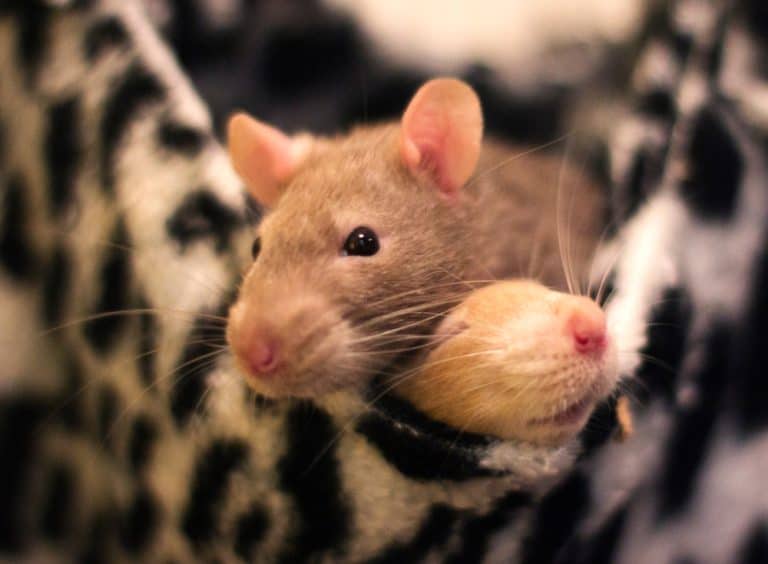
Groundbreaking research led by the University of Southern California has brought to light astonishing acts of altruism in mice.
In controlled laboratory settings, scientists observed mice freeing their trapped companions—even when no direct reward was offered.
These findings were published in the prestigious journal Science, lending strong credibility to the results.
The studies suggest that mice are not simply acting on instinct, but may possess a basic form of empathy that drives them to help others in distress.
For more details, see the Science publication.
2. Prioritizing the Distressed: Mice’s Surprising Choices
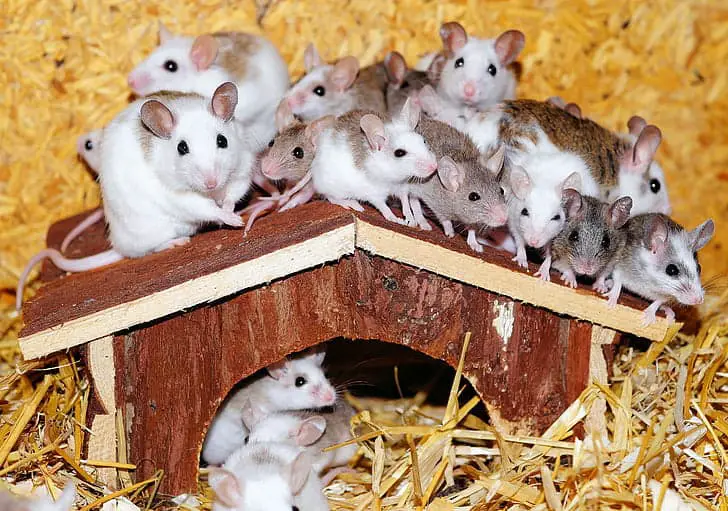
In a striking display of compassion, laboratory mice have demonstrated a clear preference for comforting their distressed peers.
Research shows that mice spend 47% of their time with unconscious or trapped cagemates, compared to only 5.8% with those who are active and healthy.
This pronounced behavioral shift suggests that mice are instinctively drawn to help those in need.
Such findings provide compelling evidence that empathy-like behaviors are not limited to humans or primates.
For further reading, explore the Nature article.
3. The 13-Minute Observation Window

To ensure scientific accuracy, researchers structured their experiments around 13-minute observation sessions.
During these controlled windows, every interaction between mice was carefully recorded, allowing scientists to identify genuine helping behaviors.
The use of consistent time frames across multiple studies has added a level of rigor and reproducibility to the findings, strengthening their credibility.
Such meticulous design ensures that the results are not random or anecdotal, but reflect real patterns in mouse social behavior.
For methodological details, see the Science journal article.
4. Behavioral Escalation: From Sniffing to Rescue
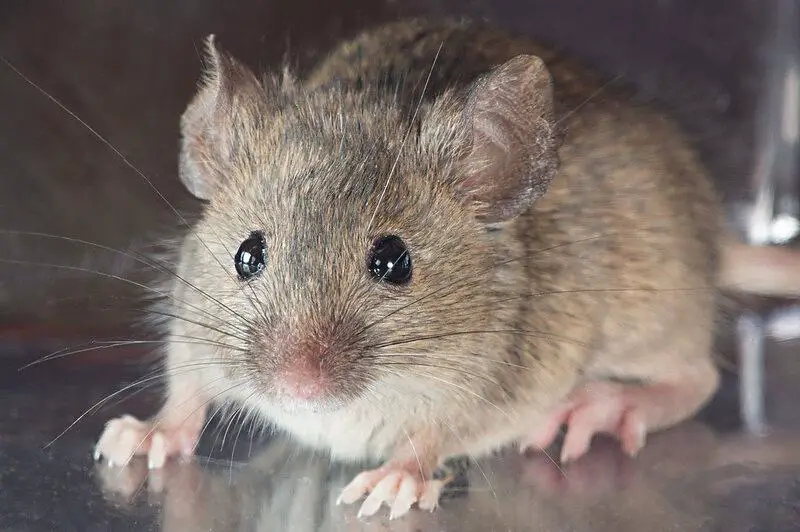
Mice don’t just passively observe their distressed peers—they escalate their efforts in a highly stereotyped sequence.
Initially, they may approach and gently sniff or groom the unconscious mouse, behaviors often associated with social bonding.
If the peer remains unresponsive, the helper mouse intensifies its actions, progressing to nudging or even attempting to pull the other mouse by the mouth or limbs in what appears to be a “rescue” attempt.
This remarkable escalation reveals a complex, goal-directed response to another’s distress.
See more in the Nature study.
5. Familiarity Breeds Compassion
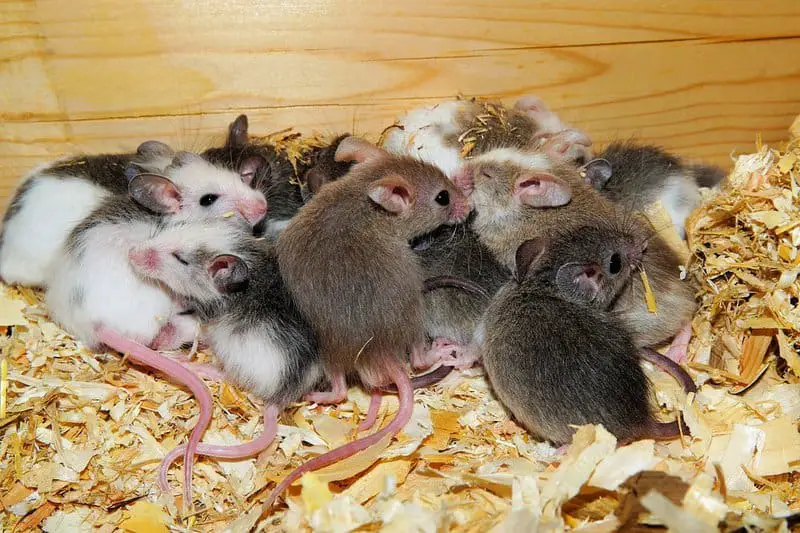
One fascinating discovery is that mice show stronger helping behaviors toward familiar cagemates than toward strangers.
This selective compassion suggests that social bonds significantly influence altruistic actions, much like patterns observed in primates and even humans.
When faced with a distressed peer, mice are more motivated to engage in comforting and rescue behaviors if they recognize the individual.
This finding indicates that empathy in rodents may be deeply intertwined with social familiarity.
Further discussion on this topic can be found in the PNAS article.
6. Oxytocin: The Neurochemical of Empathy

Delving deeper into the biology of empathy, scientists have identified a key role for oxytocin—a hormone often dubbed the “love chemical.”
Neurobiological analysis shows heightened activity in oxytocin-producing neurons within the hypothalamic paraventricular nucleus when mice engage in rescue behaviors.
Blocking oxytocin signaling dramatically reduces these helping actions, highlighting its vital role in motivating compassion.
These findings mirror discoveries in other mammals, further supporting the idea that the roots of empathy are deeply biological.
Explore more about oxytocin’s influence in this Current Biology study.
7. Darkness Doesn’t Deter: Helping Without Sight

Remarkably, mice are able to detect when a peer is unconscious and initiate helping behaviors even in total darkness.
This suggests that visual cues are not required—mice likely rely on other senses, such as smell or touch, to assess their companions’ states.
Helping actions persist without sight, indicating a strong, instinctive drive to assist those in need.
For more on this fascinating sensory flexibility, see the detailed findings in the Nature article.
8. Instant Recognition of Recovery

One of the most striking findings is that mice stop their helping behaviors the moment a peer regains consciousness.
This immediate cessation highlights a sophisticated ability to recognize shifts in another’s physical and mental state.
Such rapid adaptation suggests mice can distinguish between distress and recovery, tailoring their actions accordingly.
This level of social awareness is rare in the animal kingdom and points to unexpectedly nuanced cognitive abilities.
For supporting evidence, consult the Nature research article.
9. Not Just Reflex: Purposeful Action
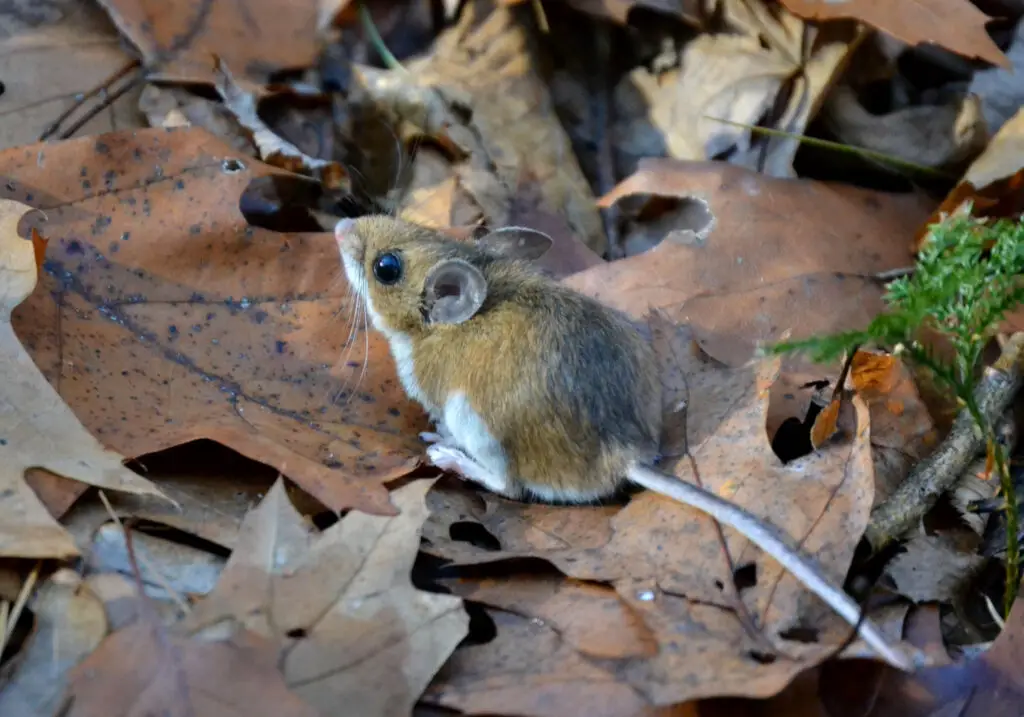
The evidence suggests that mice are not merely reacting reflexively to their environment.
Their helping behaviors unfold in a purposeful, methodical sequence—from gentle investigation to increasingly direct rescue attempts.
Critically, these actions cease with precision once the distressed peer recovers, ruling out simple automatic responses.
This pattern of escalation and cessation indicates a form of intentionality, supporting the idea that mice possess the cognitive flexibility to assess situations and act accordingly.
For more insights, read the Science journal study.
10. Comparing Mice to Other Mammals
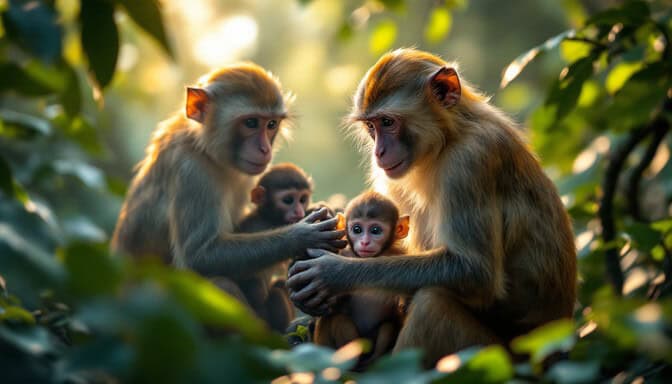
Mice are now joining a select group of mammals—including dogs, elephants, and primates—that display clear helping behaviors toward distressed peers.
This parallel hints at convergent evolution of empathy, where similar social traits arise independently across species.
By observing such actions in rodents, researchers are broadening the evolutionary context of compassion, suggesting that the roots of empathy may run deeper in the mammalian lineage than previously believed.
For a broader perspective, the Scientific American article on animal empathy offers a compelling overview.
11. The Role of Social Recognition
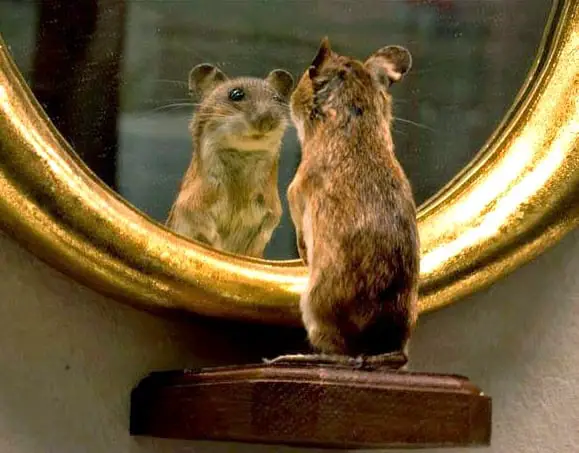
Social recognition is a crucial factor shaping altruistic behaviors in mice.
Studies reveal that mice have a remarkable ability to distinguish between familiar and unfamiliar individuals, often using scent cues to do so.
This recognition underpins their selective willingness to help, with stronger responses directed toward known cagemates.
Such findings highlight the importance of social memory and group cohesion in driving empathy-like actions.
To learn more about social recognition in mice, see the Frontiers in Behavioral Neuroscience review.
12. Implications for Human Empathy Research

The discovery of empathy-like behaviors in mice has significant implications for human research.
By demonstrating that rodents possess fundamental social and emotional capacities, scientists now have a powerful new model for studying the biology of empathy and prosocial behavior.
These insights could pave the way for breakthroughs in understanding psychiatric conditions characterized by impaired empathy, such as autism or antisocial disorders.
For an in-depth discussion of how rodent studies inform human social neuroscience, refer to the review in Social Cognitive and Affective Neuroscience.
13. The Science of the ‘Good Samaritan’ Response

In laboratory settings, the term ‘Good Samaritan’ response describes the consistent, voluntary efforts of mice to assist peers in distress.
This phenomenon mirrors classic psychological definitions of altruism—helping others without expectation of personal gain.
Researchers are now linking these rodent behaviors to broader theories of prosocial motivation and moral development.
By studying the roots of this response in mice, scientists gain fresh insights into the universal nature of helping, empathy, and the mechanisms that drive compassionate acts.
For a broader context, see this APA article on altruism.
14. Testing the Limits: Do All Mice Help?
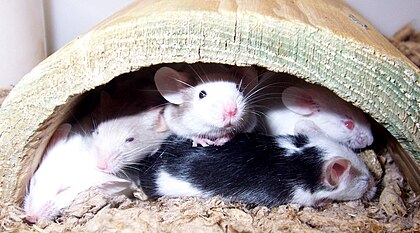
Not every mouse rises to the occasion as a “Good Samaritan.”
Researchers have discovered that helping behaviors can vary across different mouse strains, with some showing much less inclination to assist.
Genetic background, environment, and even prior social experiences may all play a role in shaping these responses.
This variability reminds us that empathy-like traits, while present, are not universal even within a species.
For more on strain differences, consult the PNAS study.
15. The Impact of Environment on Behavior
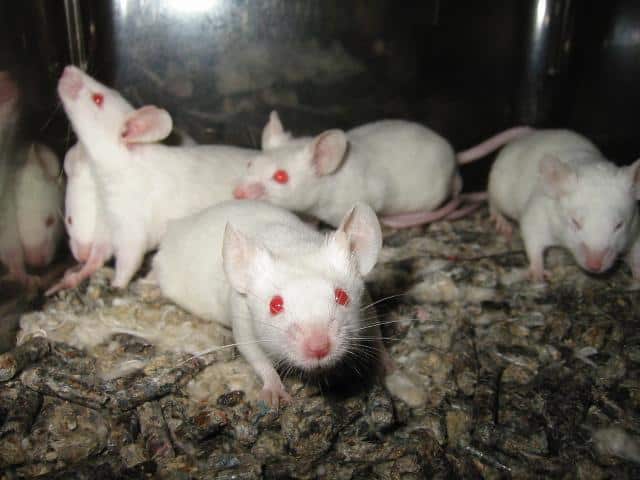
The environment in which mice are observed can significantly influence the expression of helping behaviors.
Laboratory settings offer controlled conditions but may not fully capture the nuances of natural social interactions.
Some researchers suggest that mice in more naturalistic, complex habitats might display even richer or more subtle forms of altruism.
Differences in stress, space, and group dynamics can all affect outcomes, highlighting the importance of context in behavioral studies.
For more on the effects of environment, see this Frontiers in Behavioral Neuroscience article.
16. Ethical Considerations in Animal Empathy Studies
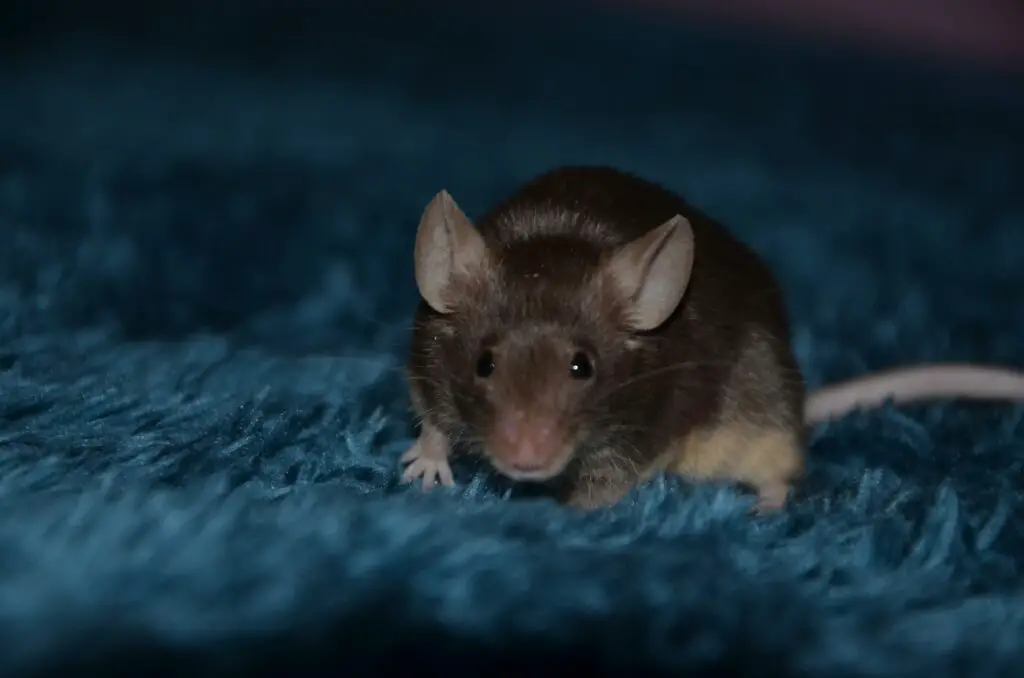
The revelation that mice may possess empathy-like qualities brings important ethical questions to the forefront.
Researchers are increasingly challenged to balance the pursuit of scientific knowledge with the responsibility to protect animal welfare.
Experiments designed to study distress and rescue behaviors must adhere to strict ethical guidelines, minimizing harm and ensuring humane treatment of all subjects.
This growing awareness is prompting calls for more refined, compassionate methodologies.
For a deeper exploration of ethical issues in animal research, visit the NC3Rs guide to the 3Rs.
17. The Genetics of Helping
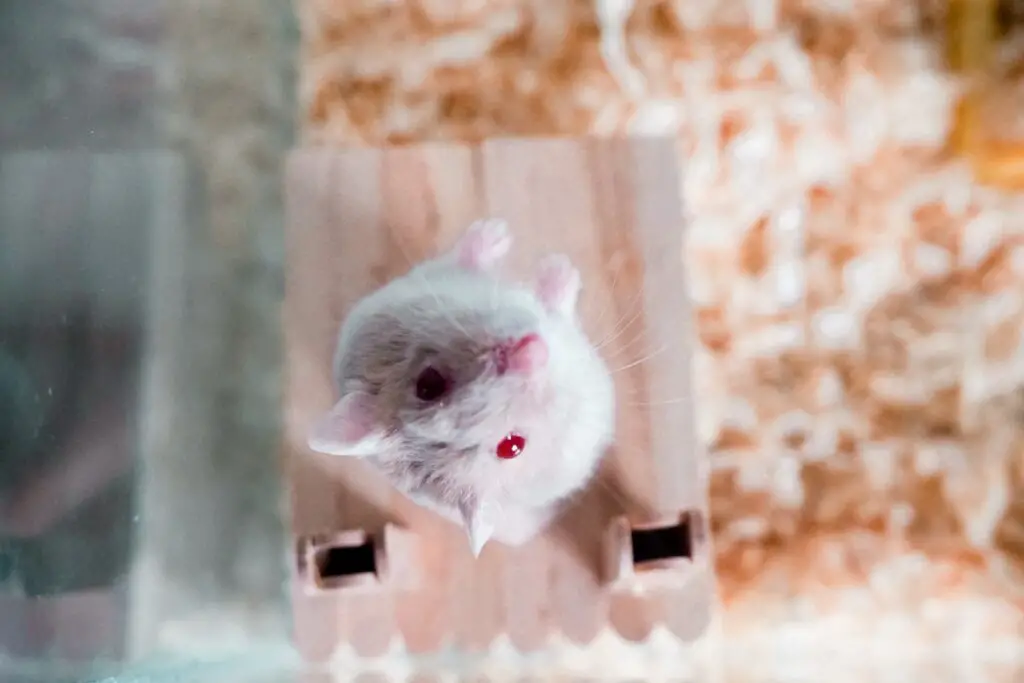
Emerging research suggests that genetics play a significant role in shaping helping behaviors in mice.
Some strains are naturally more predisposed to exhibit empathy-like actions, hinting at heritable traits underlying these responses.
Scientists are beginning to identify specific genes and neural circuits that boost or dampen the likelihood of altruism.
Understanding these genetic influences could unlock new insights into the biological roots of compassion.
For further reading, see the Nature Genetics article on behavioral genetics in mice.
18. Potential Applications in Medicine
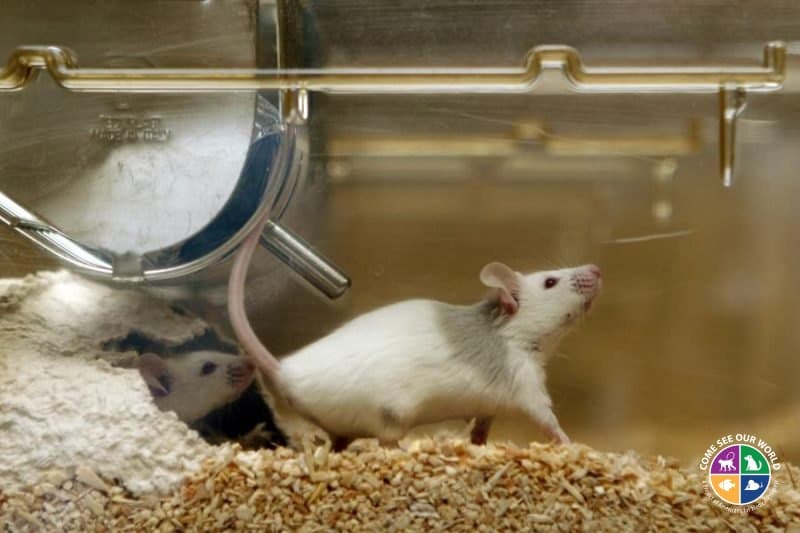
Insights gained from studying helping behaviors in mice may pave the way for novel therapeutic strategies targeting social and empathy deficits in humans.
Conditions such as autism spectrum disorders and schizophrenia often involve challenges with social connection and compassion.
By pinpointing the genetic, neurochemical, and behavioral mechanisms behind rodent empathy, researchers may develop new interventions or drugs to enhance prosocial functioning.
This translational approach holds promise for both diagnosis and treatment.
Learn more about this emerging field in the NIMH report.
19. Challenges and Controversies
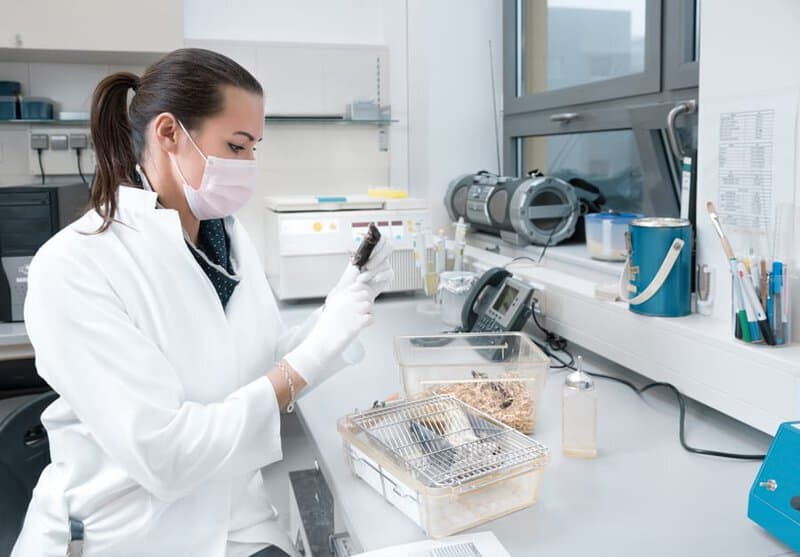
Despite compelling data, there is ongoing debate among scientists about how to interpret these helping behaviors.
Some argue that mice display genuine empathy, while others contend the actions are rooted in instinct or conditioned responses rather than conscious concern.
The challenge lies in distinguishing purposeful, emotionally-driven acts from automatic, evolutionary behaviors.
This controversy continues to fuel research and lively discussion.
For a balanced discussion on animal empathy debates, see the Nature commentary.
20. Future Research Directions
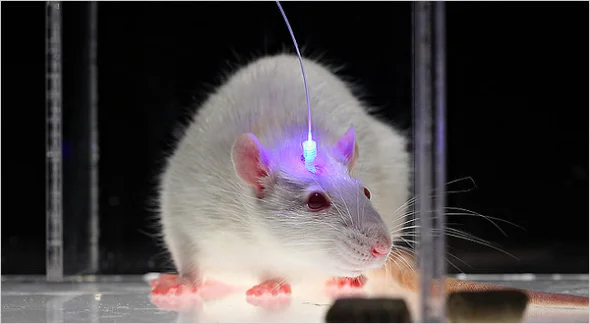
The study of helping behaviors in mice is just beginning to unfold.
Researchers are exploring how these findings might extend to other species, shedding light on the broader evolution of empathy.
Advances in imaging and genetic tools are enabling more precise mapping of brain circuits involved in prosocial actions.
Future experiments may reveal how environment, experience, and genetics interact to shape compassion.
For updates on innovative techniques in animal behavior research, visit the Nature News feature.
21. A New Perspective on Small Creatures
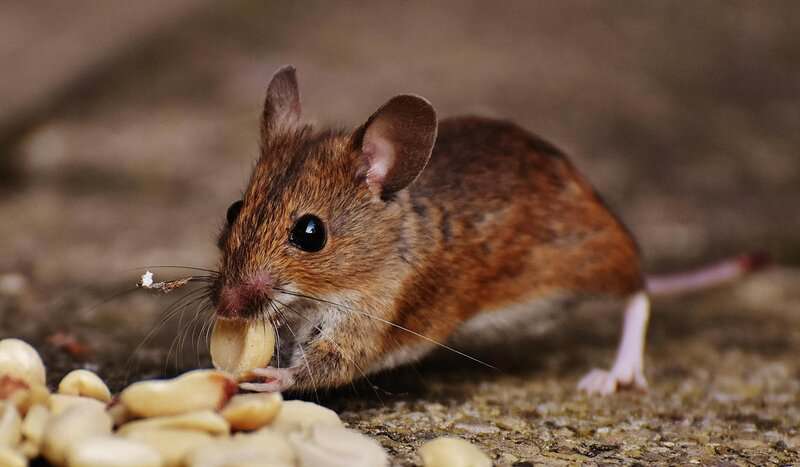
These groundbreaking discoveries invite us to reconsider how we view rodents and other small animals.
Far from being driven solely by instinct, mice display a remarkable capacity for complex social emotions and behaviors.
This challenges old assumptions and encourages a more nuanced, respectful approach to the study of animal minds.
Such revelations inspire a deeper appreciation for the emotional lives of creatures we often overlook.
For further reflection, see BBC Future’s article on animal emotions.
Conclusion
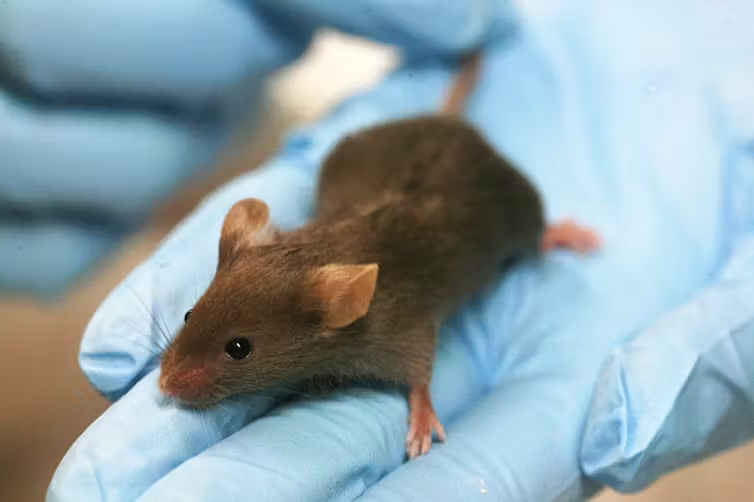
The evidence is clear: mice are capable of surprisingly complex and compassionate behaviors toward their peers.
These “Good Samaritan” acts—driven by social bonds, neurobiology, and perhaps even genetic predisposition—challenge our assumptions about empathy in the animal kingdom.
This research not only deepens our appreciation for rodents but also opens new avenues for investigating the roots of altruism and social connection across species.
As science continues to explore animal emotions, we are invited to look closer, question more, and recognize the remarkable depth of the creatures around us.

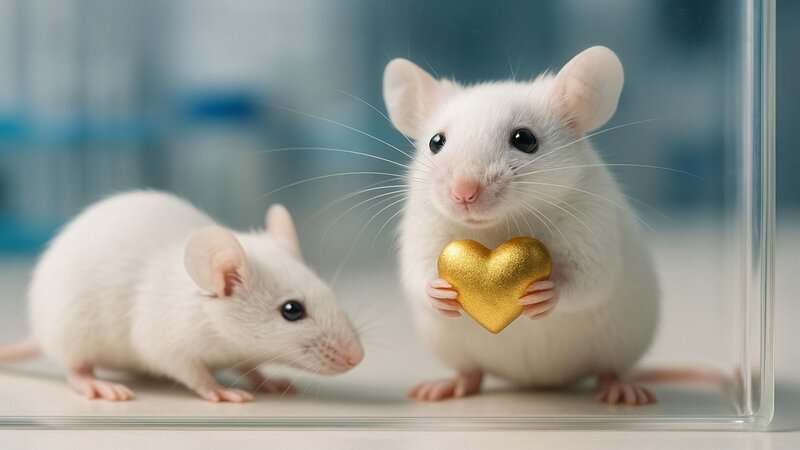

Vielleicht interessiert es Sie:
Wussten Sie! Minensuchratten auf dem Schlachtfeld und sie sind super effektiv!
Wie viele Giraffenarten gibt es? Leben sie alle in Afrika?
Der Vogel ist das Weibchen der Vögel: wahr oder falsch?
Warum bauen Biber Dämme? Welchen Nutzen?
Warum leben manche Tiere nachtaktiv? Welche Vorteile?
Küssen Tiere? Ist das die gleiche Bedeutung wie Menschen?
200+ Hilarious Seahorse Jokes That Will Make You Smile and Giggle
200+ Funny Investment Jokes to Boost Your Financial Humor Game